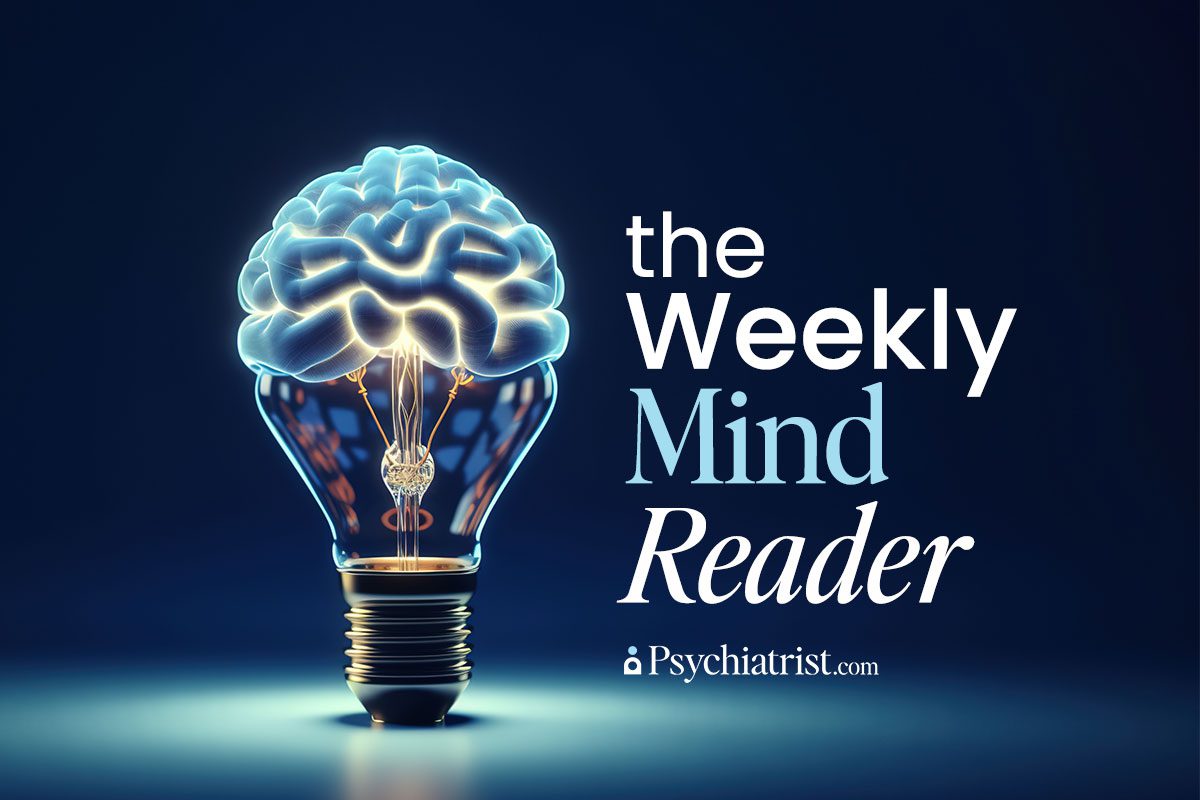Catatonia, a rare condition marked by mutism, stupor and wax-like movements, presents profound challenges for clinicians. When it arises in criminal defendants, the stakes become even higher. A recent catatonia case outlined in The Primary Care Companion for CNS Disorders illustrated the clinical complexities of managing catatonia in legal settings.
A Threat to Legal Competency
The young man described in the vignette exhibited classic catatonic symptoms that defied easy treatment. Though benzodiazepines like lorazepam relieve catatonia in 80 percent of cases, this patient only showed transient improvement. After extensive electroconvulsive therapy (ECT) sessions also proved ineffective, clinicians tried an unconventional approach–administering the typical antipsychotic haloperidol.
Remarkably, this old school drug was effective for abating the patient’s catatonic symptoms. The authors of the paper noted how this surprising response underscores how much of a mystery remains about catatonia’s underlying mechanisms. They speculate that the syndrome’s dramatic mix of immobility and agitation implicates dopamine signaling gone awry, and haloperidol may act to restore balance.
Beyond revealing new treatment possibilities, the case underscored catatonia’s threat to legal competency. Catatonic stupor renders defendants unable to meaningfully participate in their defense. But justice demands timely resolution of their cases. This tension makes competency restoration in catatonic patients extraordinarily difficult.
Catatonia’s shifting symptoms also complicate diagnosis, which can delay treatment. Patients may appear psychotic rather than catatonic at times. The authors said that differentiating the two will lead to better outcomes. They also note that catatonia management requires meticulous monitoring for malnutrition and metabolic abnormalities.
This case contains numerous clinical pearls as well. Given the results, it makes sense to consider haloperidol as an alternative therapy for catatonia. Securing competence to stand trial in catatonic defendants is a formidable challenge to both legal and medical experts. It’s also crucial to consider patient advocacy for this vulnerable population. And across settings, prompt recognition and treatment of catatonia are imperative.
IN OTHER PSYCHIATRY AND NEUROLOGY NEWS THIS WEEK
- Two new studies looked at delerium and COVID-19. The first looked at motoric subtypes and the challenges they present for diagnosis and treatment. The second examined delirium and mortality among hospitalized patients.
- Clozapine is one of the most effective drugs available for treatment-resistant schizophrenia. But delays in prescribing can diminish clinical outcomes.
- Reproductive-age women exposed to valproate have an increased risk of PCOS yet until now, no study has ever analysed prescribing patterns in this population.
- A PCC Letter to the Editor makes a case for psychiatric pharmacists.
- Although there is a dire need for new and better treatments for Alzheimer’s disease, a British Medical Journal investigative report suggests that, in some cases, the FDA approval process moves too quickly.
- We are now on Meta Threads too! Follow us there now.

NEW AT CME INSTITUTE
Click to earn free accredited CME credit.



